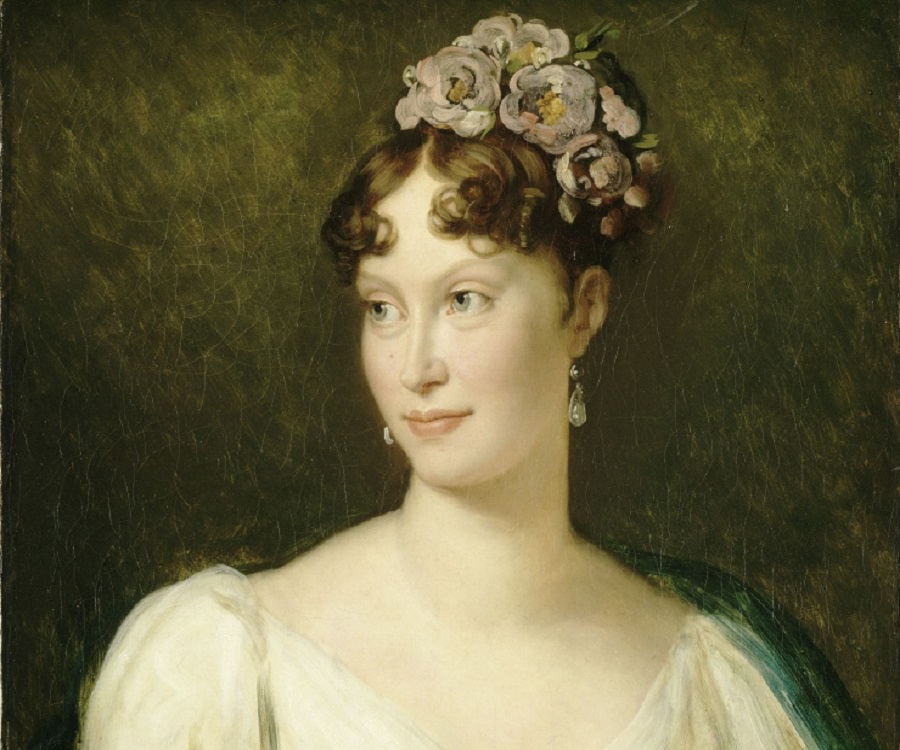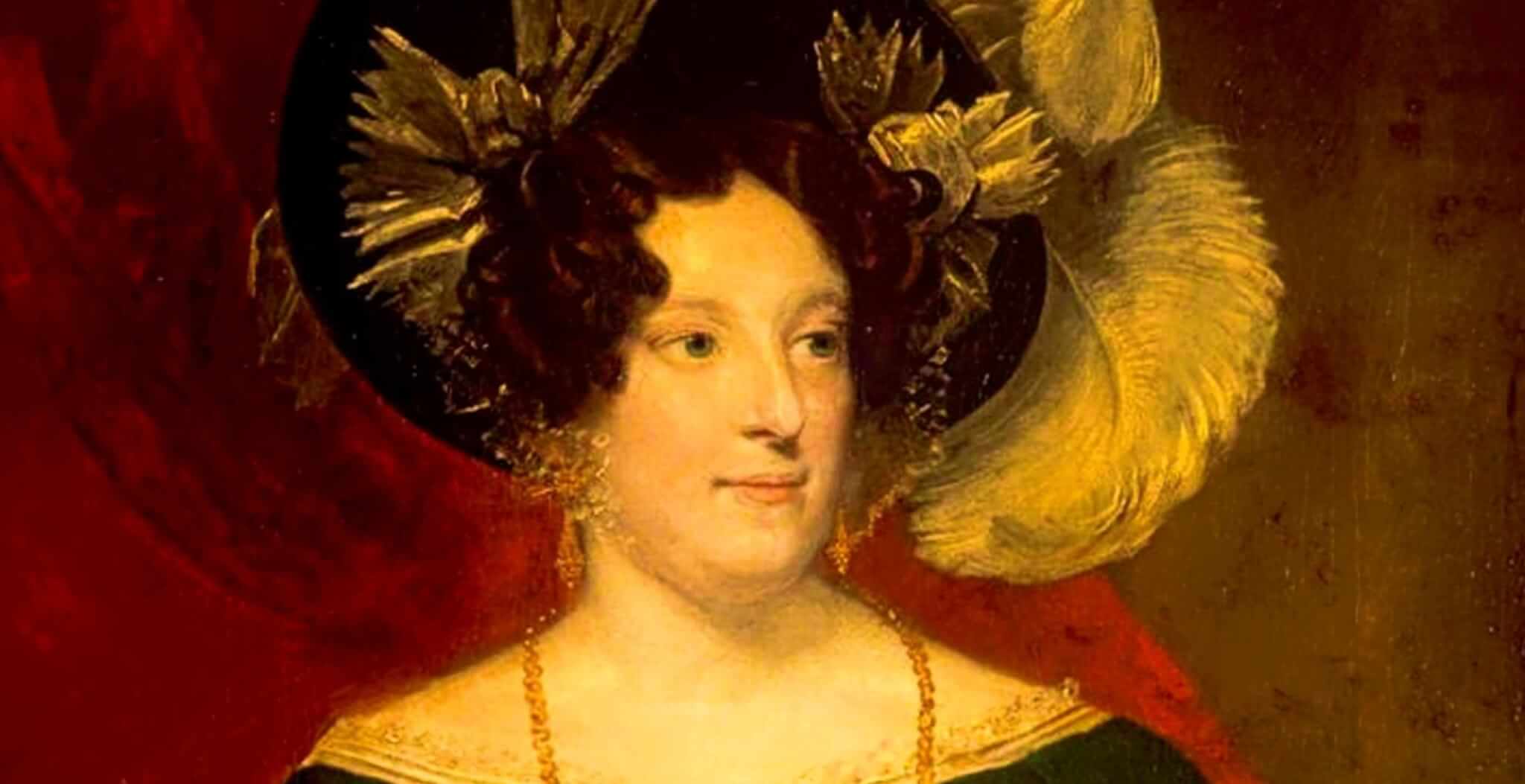From P.J. O'Rourke at
American Consequences:
What I had was a skin cancer, squamous cell carcinoma.
Practically every melanin-deficient (let alone Irish) person who spends
time in the sun gets this if he or she lives long enough. The oncologist
said, “I call it ‘adult acne’ when it turns up on the face or arms.”
But it occasionally turns up where it turned up on me. And why is
something of a medical mystery. I mean, I was naked a lot in the 1960s,
but not that naked.
Even though I had an undignified kind of cancer, there was still a loss of dignity involved in
trading the awe-inspiring fear of death for the perspiration-inducing
fear of treatment. There is hell on earth as well as hell in the
afterlife. Until a generation ago, the remedy for anal cancer was a
colostomy. Doctors have gotten over that. Most of the time. Now the
remedy is radiation and chemotherapy. Would I have to go to some purgatorial place for this? To
Sloan Kettering in New York, a city I detest? Or out to the Mayo Clinic
in Minnesota, although I have a phobia about hospitals named after
sandwich toppings? “No,” the oncologist said. “The treatment protocol is
standardized and is successfully used everywhere.”
I named my local New Hampshire hospital (and large animal veterinary clinic). “Almost everywhere,” the oncologist said. I asked about the Dartmouth-Hitchcock Medical Center, 90
miles from my home but still on the planet New Hampshire. Dr. Marc Pipas
at Dartmouth-Hitchcock’s Norris Cotton Cancer Center came strongly
recommended.
Dr. Pipas is an avid bird hunter and an advocate of
reintroducing the prairie chicken to the eastern seaboard. So he and I
had something to talk about in addition to my behind. I’d need radiation
therapy every day for six weeks. (Every day, that is, Monday through
Friday – the radiology department has to play golf, too.) And I would
undergo two four-day stints of around-the-clock chemotherapy, carrying a
fanny pack of poisonous chemicals to be pumped into my body through a
surgically implanted mediport. (Dr. Pipas persuaded the infusions
department to install this on the left side of my chest so that it
wouldn’t interfere with mounting a shotgun.)
In theory I could get my radiation treatments elsewhere,
within easy commuting distance. But it’s worthwhile to find out what a
doctor himself would do if he had your medical problem. And he probably
thinks he does. Several doctor friends have told me you can’t get
through medical school without being convinced that you have every
disease in the textbooks, including elephantiasis, beriberi, and Guinea
worm infestation.
Dr. Pipas said, for anal cancer, he’d go to radiologist Dr. Bassem Zaki at Dartmouth-Hitchcock’s Norris Cotton Cancer Center. Dr. Zaki is a Coptic Christian who emigrated from Egypt in
his late teens. He and I talked about Middle Eastern politics, which,
as far as I’m concerned, is the second most interesting blood sport
after upland-game shooting. (Read more.)
Share




































